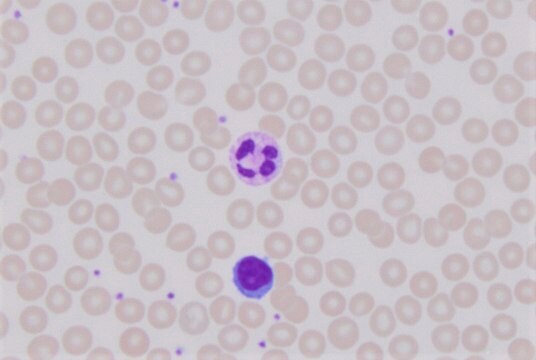MAK039
Acetyl-Coenzyme A Assay Kit
sufficient for 100 fluorometric tests
Synonym(e):
Acetyl-CoA Assay Kit
About This Item
Empfohlene Produkte
Verwendung
sufficient for 100 fluorometric tests
Nachweisverfahren
fluorometric
Relevante Krankheit(en)
cancer; neurological disorders
Lagertemp.
−20°C
Allgemeine Beschreibung
Acetyl-Coenzyme A acts as an indicator of fat, sugar, and protein levels and shows up on the nutritional status. Thus, starvation greatly reduces the level of acetyl-CoA, which stimulates the process of autophagy. In lowered glucose condition, acetyl-CoA participates in the production of ATP. Increased acetyl-CoA levels are observed in prostate cancer due to elevated fatty acid utilization and thus provides an additional energy source for the tumor cell growth. Nutrition deprivation, changes the levels of certain metabolites, including acetyl-CoA, which stimulates epigenetic modifications that would affect the central nervous system.
Anwendung
Eignung
Prinzip
Ähnliches Produkt
Signalwort
Warning
H-Sätze
Gefahreneinstufungen
Eye Irrit. 2 - Skin Irrit. 2 - STOT SE 3
Zielorgane
Respiratory system
Lagerklassenschlüssel
10 - Combustible liquids
WGK
WGK 3
Flammpunkt (°F)
188.6 °F - closed cup
Flammpunkt (°C)
87 °C - closed cup
Analysenzertifikate (COA)
Suchen Sie nach Analysenzertifikate (COA), indem Sie die Lot-/Chargennummer des Produkts eingeben. Lot- und Chargennummern sind auf dem Produktetikett hinter den Wörtern ‘Lot’ oder ‘Batch’ (Lot oder Charge) zu finden.
Besitzen Sie dieses Produkt bereits?
In der Dokumentenbibliothek finden Sie die Dokumentation zu den Produkten, die Sie kürzlich erworben haben.
Artikel
Sigma-Aldrich presents an article about how proliferatively active cells require both a source of carbon and of nitrogen for the synthesis of macromolecules. Although a large proportion of tumor cells utilize aerobic glycolysis and shunt metabolites away from mitochondrial oxidative phosphorylation, many tumor cells exhibit increased mitochondrial activity.
We presents an article about the Warburg effect, and how it is the enhanced conversion of glucose to lactate observed in tumor cells, even in the presence of normal levels of oxygen. Otto Heinrich Warburg demonstrated in 1924 that cancer cells show an increased dependence on glycolysis to meet their energy needs, regardless of whether they were well-oxygenated or not.
Information on fatty acid synthesis and metabolism in cancer cells. Learn how proliferatively active cells require fatty acids for functions such as membrane generation, protein modification, and bioenergetic requirements. These fatty acids are derived either from dietary sources or are synthesized by the cell.
Unser Team von Wissenschaftlern verfügt über Erfahrung in allen Forschungsbereichen einschließlich Life Science, Materialwissenschaften, chemischer Synthese, Chromatographie, Analytik und vielen mehr..
Setzen Sie sich mit dem technischen Dienst in Verbindung.





